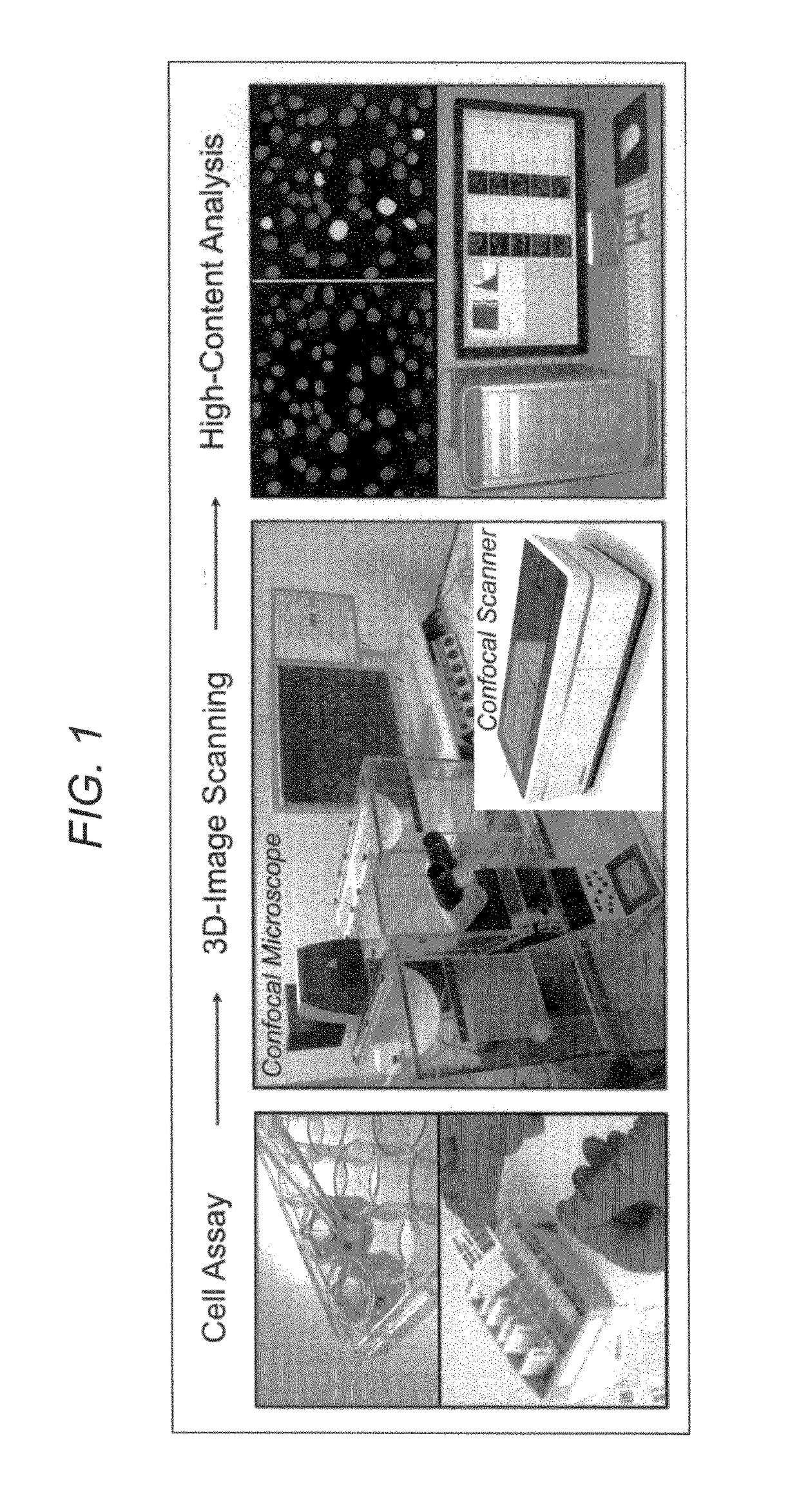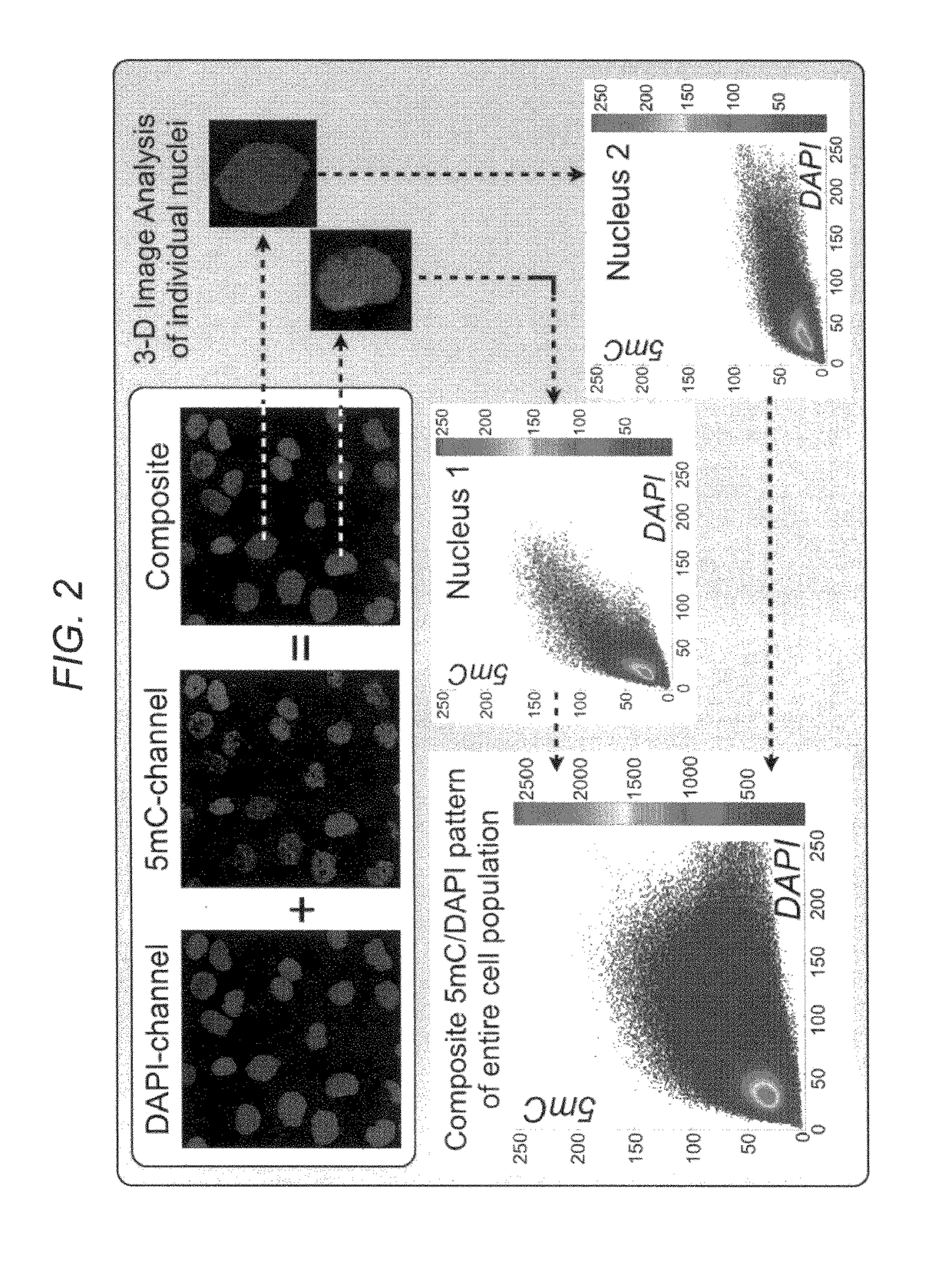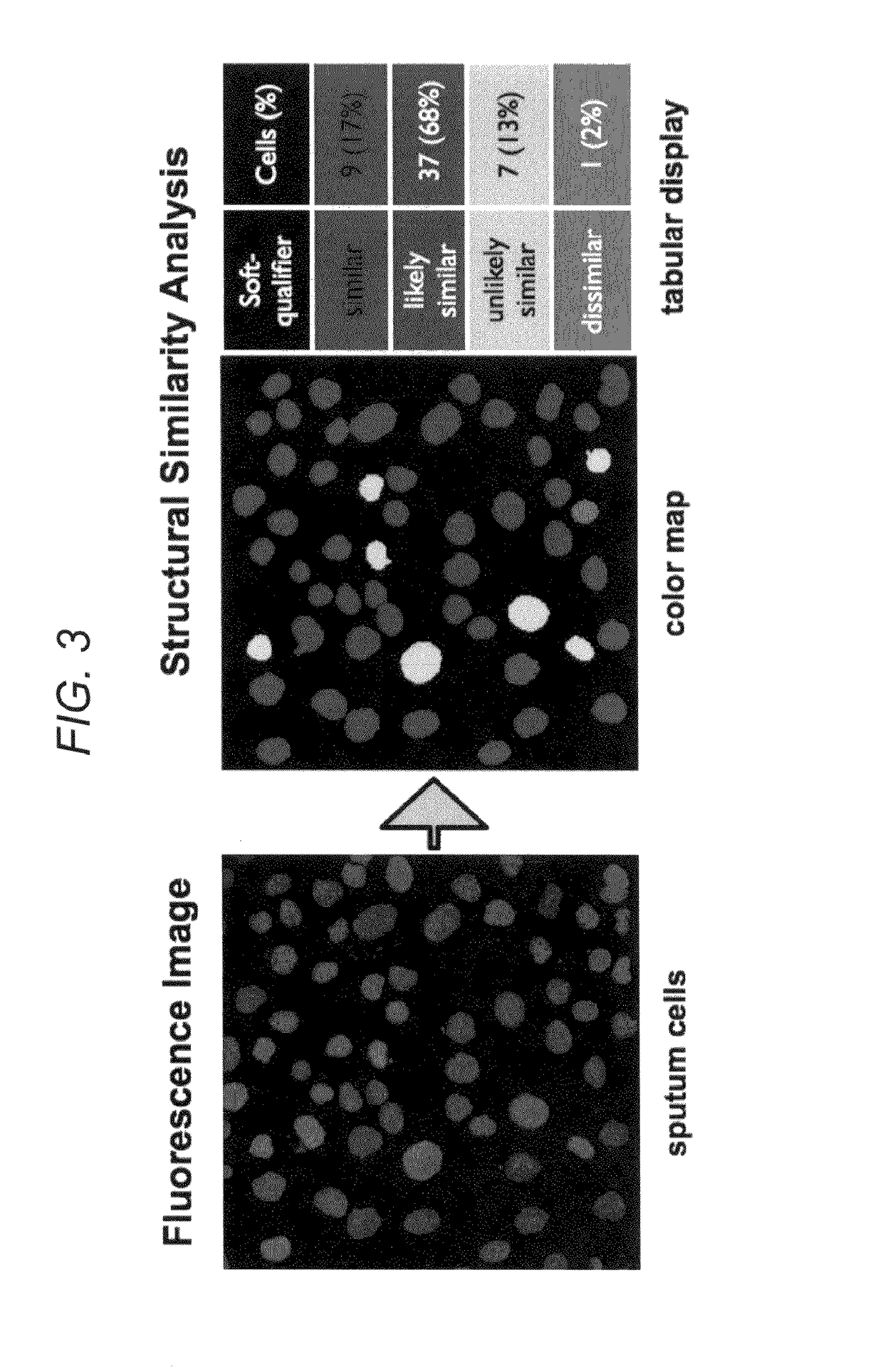Early lung cancer detection by DNA methylation phenotyping of sputum-derived cells
a sputum-derived cell and early lung cancer technology, applied in the field of lung cancer diagnosis, prognosis, and treatment, can solve the problems of inability to reliably detect sputum-derived cells, inability to detect post-translational modifications, and high method costs,
- Summary
- Abstract
- Description
- Claims
- Application Information
AI Technical Summary
Benefits of technology
Problems solved by technology
Method used
Image
Examples
example 1
Additional Background
Lung Cancer and Current State of Diagnosis
[0046]In the year 2010, there were over 200,000 new cases of lung cancer reported in the United States, accounting for 15% of all new cancer cases. The estimated number of lung cancer deaths in the same period was roughly 160,000, representing ˜28% of all cancer-related deaths. Unfortunately, due to limited treatment options, lung cancer is the most common cause of cancer related mortality. If this disease is diagnosed in an early stage, a complete surgical resection of the tumor provides a favorable chance for cure. Therefore, early detection of this disease has been the focus of many attempts in the past few decades. Several trials utilizing radiographical techniques including chest X-ray, chest computed tomography (CT), and positron emission tomography (PET) scans have shown mixed results with unclear clinical benefits and harbor very high cost. As indicated above, radiographical methods for early detection of lung ca...
example 2
Methods
Preparation of Cell Specimens
[0057]Sputum induction can be performed through inhalation of hypertonic saline (3 to 5% NaCl). Utilizing a nebulizer, aerosols can be generated, with an output at 1.5 mL / min. The subjects inhale saline solution aerosols for a period of up to 20 min. Subjects are encouraged to expectorate sputum after mouth rinsing with tap water every 5 minutes. Exfoliated upper respiratory cells are isolated and fixed on slides / coverslips or in microplate wells. Samples that were collected in a plastic container are kept at 4° C. until processing. Samples are diluted with phosphate-buffered saline (PBS) solution, containing 0.1% dithiothreitol (DTT) commonly known as 10% sputolysin solution, and are incubated for 20 minutes before centrifugation at 300-1500×g for 5-10 minutes at room temperature in order to separate cellular and fluid (mucus) phases. This process is repeated until the cell suspension appears to be homogeneous and clear. Then, the cell pellet is ...
PUM
| Property | Measurement | Unit |
|---|---|---|
| angle | aaaaa | aaaaa |
| angle | aaaaa | aaaaa |
| angle | aaaaa | aaaaa |
Abstract
Description
Claims
Application Information
 Login to View More
Login to View More - R&D
- Intellectual Property
- Life Sciences
- Materials
- Tech Scout
- Unparalleled Data Quality
- Higher Quality Content
- 60% Fewer Hallucinations
Browse by: Latest US Patents, China's latest patents, Technical Efficacy Thesaurus, Application Domain, Technology Topic, Popular Technical Reports.
© 2025 PatSnap. All rights reserved.Legal|Privacy policy|Modern Slavery Act Transparency Statement|Sitemap|About US| Contact US: help@patsnap.com



